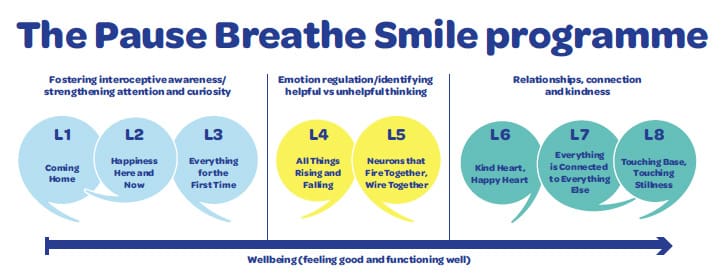As part of our whole school literacy programme, each classroom is to spend time teaching The Code (spelling programme) every day. In today's observation of The Code spelling program, I had the opportunity to observe my team leader and BT mentor Robyn Anderson, lead a captivating session on phonics, focusing on the "ea" sound. Robyn's instructional approach was not only engaging but also informative, providing valuable insights that I can apply to my own teaching practice.
She kicked off the session with a concise overview of The Code, ensuring that students grasped the program's purpose and structure. As she moved into the sound focus, "ea," she integrated real-life examples, fostering a deeper understanding among students. This approach resonated with me as it emphasised the importance of connecting phonetic concepts to students' everyday experiences, making learning more meaningful.
I noted her emphasis on differentiating between long and short vowel sounds. As a senior teacher, I am glad to have had this refresh on phonics as it has been a few years since I've taught a lesson on phonics. Through interactive discussions and quick quizzes, Robyn encouraged student participation and guided them in discerning the nuances between these sound patterns. I found this approach particularly effective and plan to incorporate similar activities into my own lessons to reinforce phonetic concepts.

Throughout the session, she employed a variety of engaging activities, including partner discussions, mini-challenges, and quick tests, to reinforce learning. Her use of the whiteboard as a visual aid and incorporation of physical movement kept students actively engaged and focused. This multimodal approach inspired me to explore different ways of facilitating learning experiences that cater to diverse learning styles in my own classroom.
As the session concluded with a reflective discussion, I appreciated Robyn's efforts to ensure that students understood key concepts and could apply them independently. This reflective aspect reinforced the importance of ongoing assessment and feedback in the learning process. Moving forward, I plan to incorporate similar reflective practices into my teaching to promote student ownership of learning.
Overall, Robyn's teaching approach highlighted the importance of incorporating real-life contexts, promoting student engagement, and fostering a supportive learning environment. I am eager to apply the strategies and insights gained from this observation to inform my own planning and enhance the learning experiences of my students.










.jpg)
